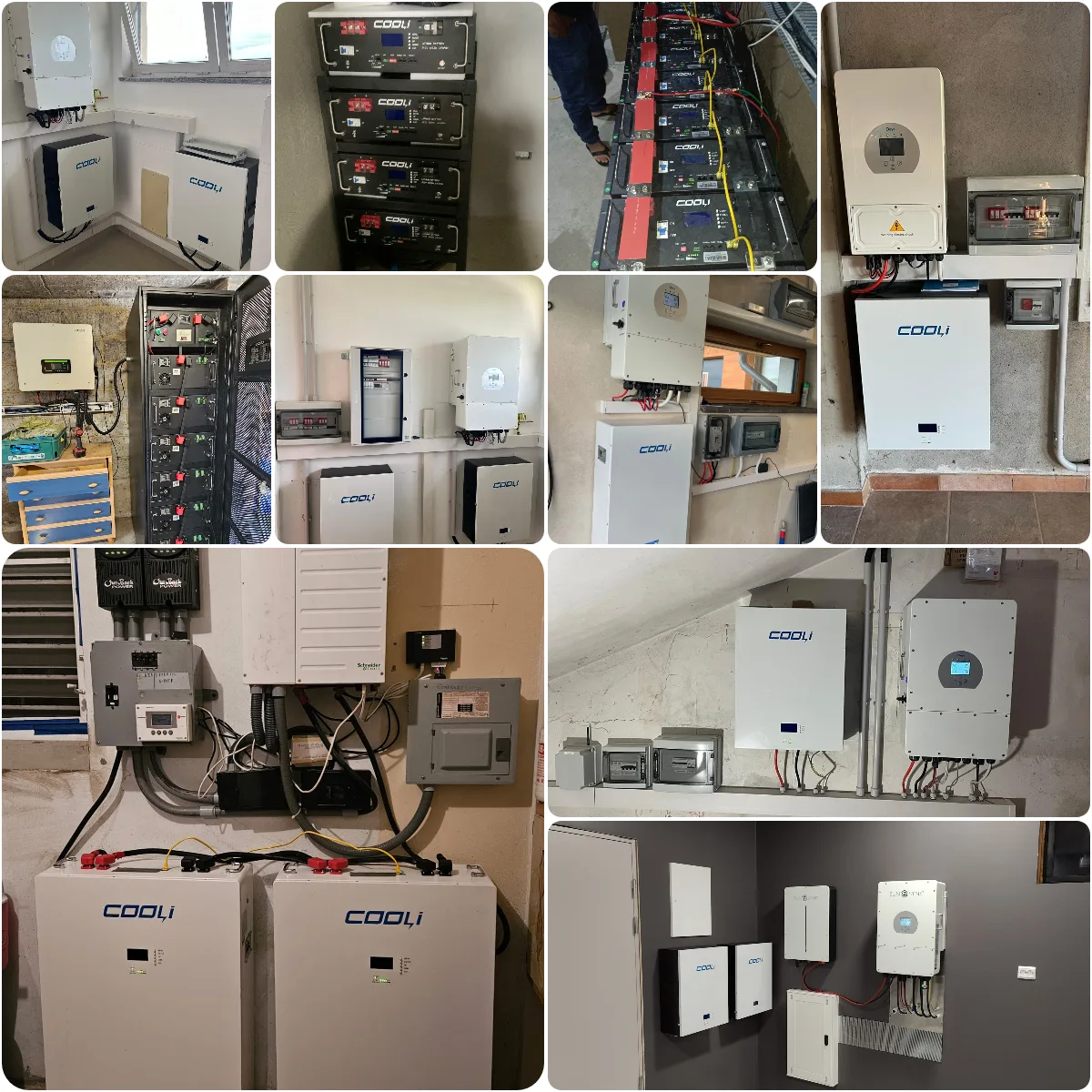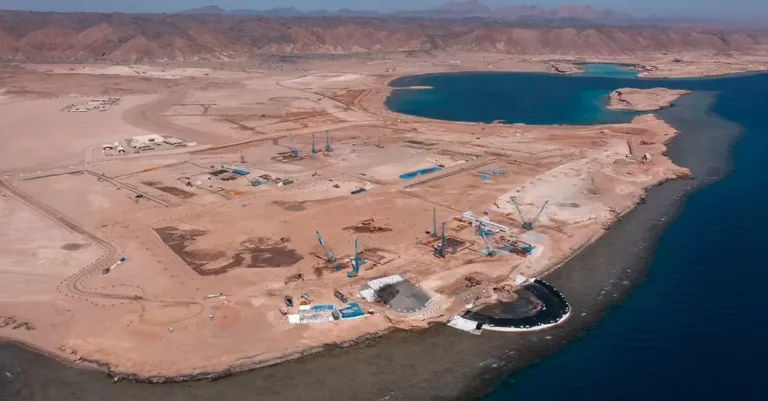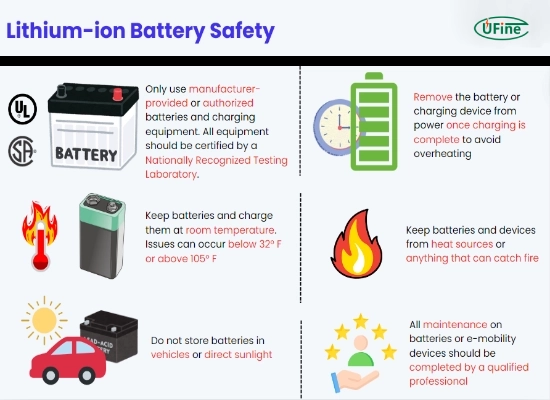Top 3 East Africa Energy Storage Solutions for Reliable Power
East Africa Energy Storage System Selection Guide — Real Cases & Configurations
Energy storage systems in East Africa are becoming a vital solution for businesses, homes, and factories facing frequent blackouts and rising electricity costs. Whether you’re in Kenya, Tanzania, or Uganda, choosing the right solar energy storage setup can ensure reliable power and maximize the return on your solar investment.
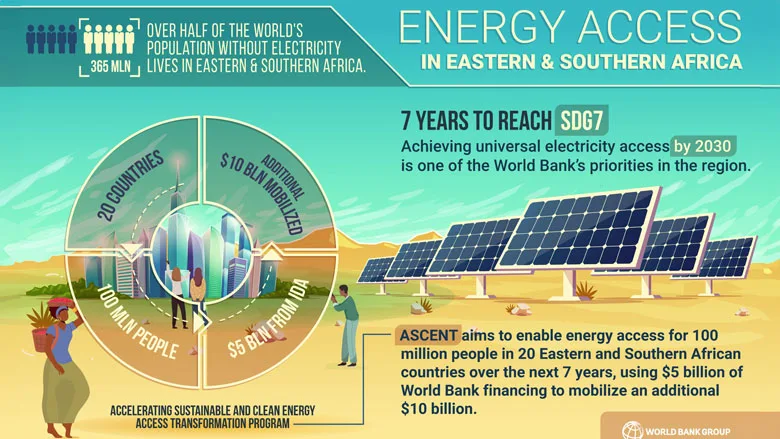
Why Energy Storage Systems Are Crucial in East Africa
Frequent power outages and unstable grid voltage are common challenges across East African countries. An efficient energy storage system can:
- Store surplus solar energy for nighttime use.
- Act as an off-grid backup during blackouts.
- Help reduce long-term electricity expenses.
- Improve energy self-sufficiency and reliability.
Types of LiFePO4 Solar Battery Storage Solutions
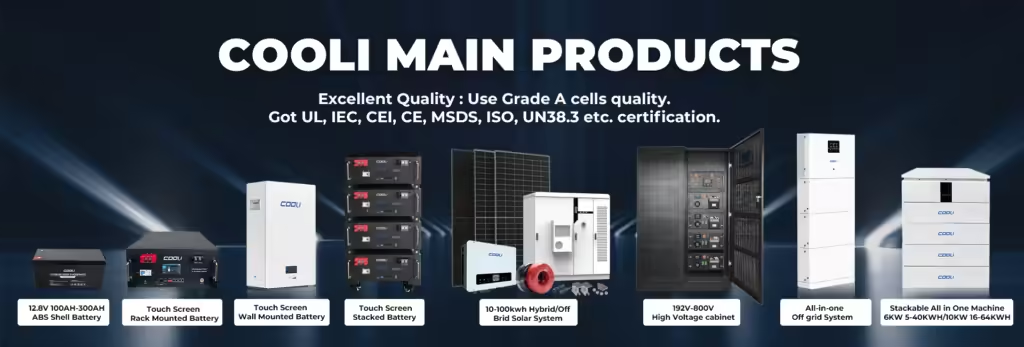
Choosing the right type of energy storage is essential. Here are the most common setups for East Africa:
| System Type | Key Features | Best Application |
|---|---|---|
| Wall-mounted LiFePO4 Battery | Space-saving, easy installation | Residential & Small Offices |
| Rack-mounted LiFePO4 Battery | Modular, easy capacity expansion | Commercial, Data Centers |
| Cabinet LiFePO4 Battery | High capacity, industrial-grade stability | Factories, Industrial Projects |
LiFePO4 (Lithium Iron Phosphate) batteries offer high cycle life, safety, and performance — perfectly suited for East Africa’s climate and energy usage patterns.
Real-World East Africa Energy Storage Case Studies
Nairobi, Kenya — Residential Solar + Storage
- User Need: Daily consumption ~8kWh; night backup and blackout protection.
- Recommended Setup:
- Wall-mounted LiFePO4 Battery, 10kWh
- Hybrid Inverter, 5kW
- Solar PV System, 5kWp
- Result: Over 70% energy self-sufficiency and seamless operation during outages.
Dar es Salaam, Tanzania — Shop Backup Power
- User Need: Avoid sales loss during outages; daily load ~15kWh.
- Recommended Setup:
- Rack-mounted LiFePO4 Battery, 20kWh
- Hybrid Inverter, 8kW
- Result: Stable business operations and reduced downtime.
Kampala, Uganda — Industrial Production Support
- User Need: Ensure uninterrupted power for night shifts; daily load ~100kWh.
- Recommended Setup:
- Cabinet LiFePO4 Battery, 100kWh
- Industrial Hybrid Inverter, 50kW
- Energy Management System (EMS)
- Result: Stable production and reduced operational losses.
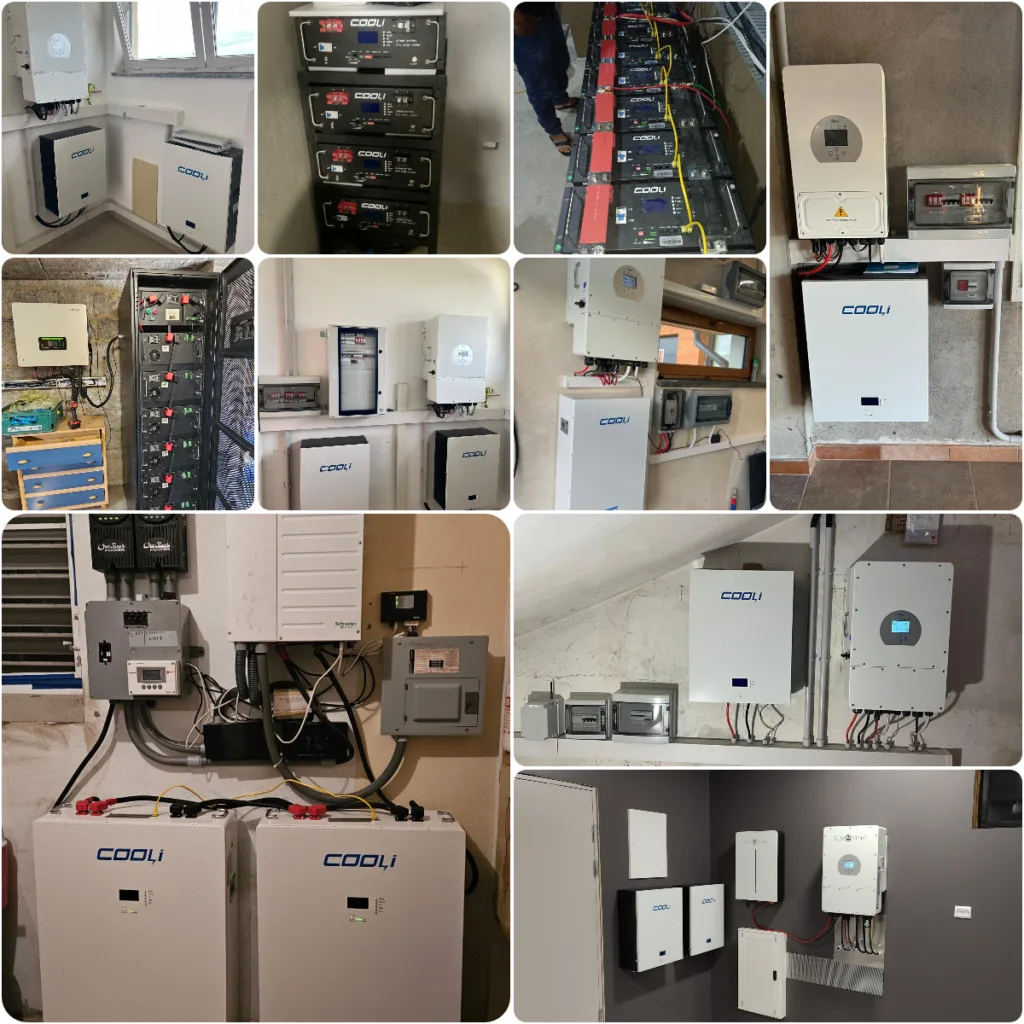
Recommended Solar Energy Storage Configurations
| Application Scenario | Recommended LiFePO4 Battery Type | Suggested Capacity | Hybrid Inverter | Key Features |
| Residential | Wall-mounted | 5–15kWh | 3–5kW | Reliable, space-saving |
| Shop & Office | Rack-mounted | 10–30kWh | 5–10kW | Modular, scalable |
| Factory & Industrial Site | Cabinet | ≥50kWh | ≥30kW | Industrial-grade stability |
Final Selection Tips for East Africa
- Match the scenario to the battery capacity and inverter size.
- Prioritize LiFePO4 batteries for long cycle life and safety.
- Opt for hybrid inverters with off-grid and on-grid flexibility.
- Work with suppliers offering local after-sales service and spare parts.
✅ Ready to future-proof your energy needs in East Africa? Contact us today for a customized solar energy storage solution with LiFePO4 batteries and hybrid inverters. Avoid blackouts, cut costs, and ensure reliable power for your home, shop, or business!


